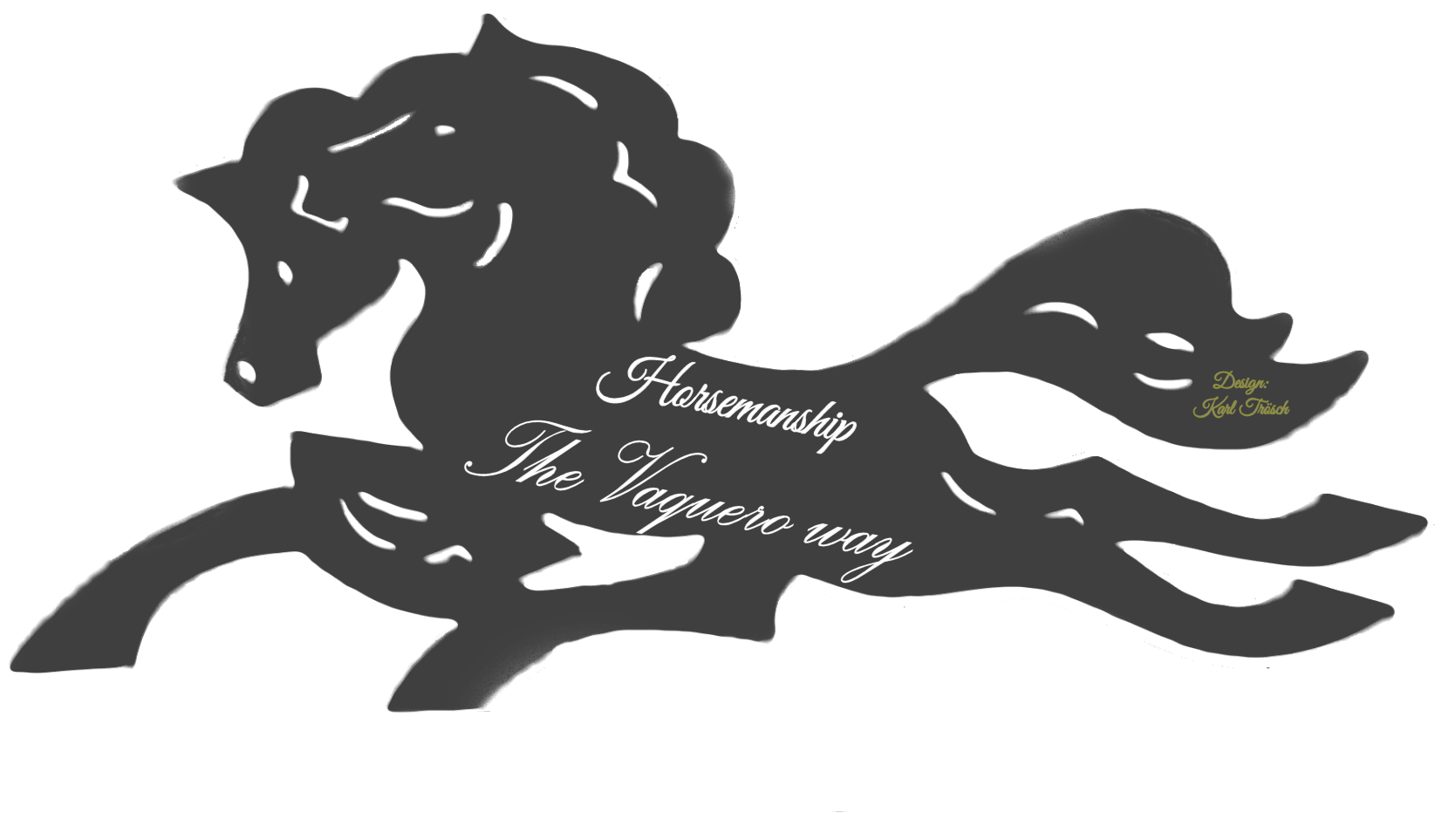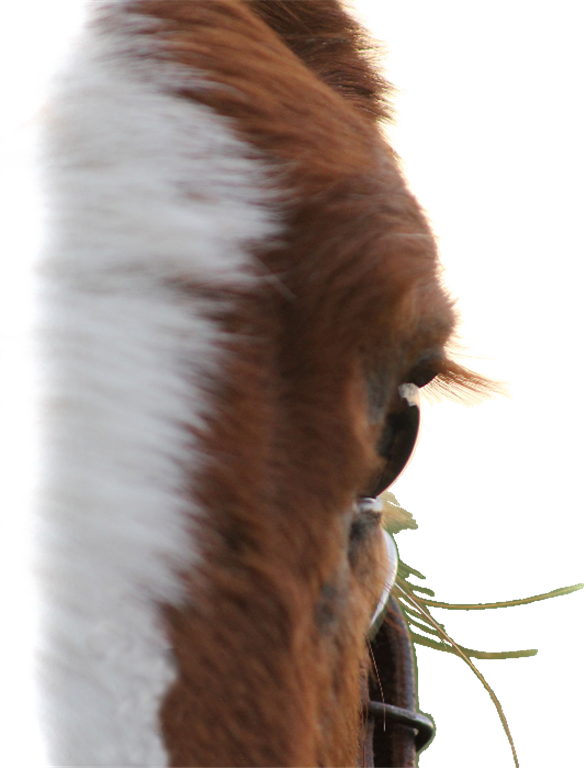
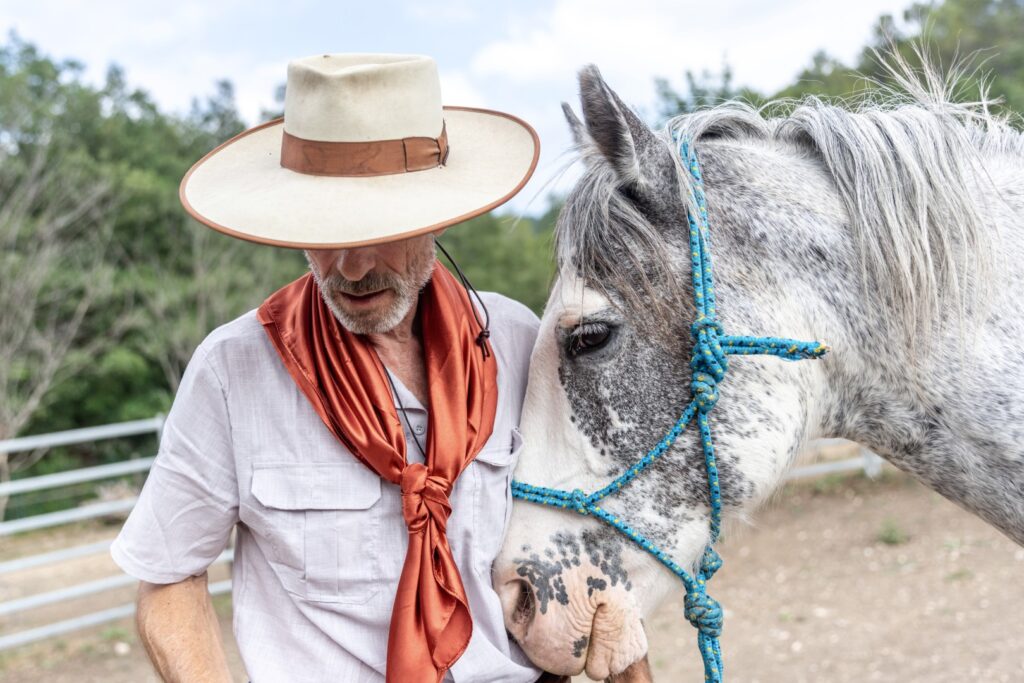
One of the most common reasons a horse might appear difficult or even dangerous is the lack of basic handling skills from the person in charge. Often, these horses are not problematic by nature; they are simply misunderstood.
In my view, the foundation of good horsemanship begins with honesty—not just with the horse, but with yourself. It’s easy to become defensive or frustrated in challenging moments, but genuine fairness in those times is crucial for both you and the horse.
Understanding how a horse thinks and feels in any given moment—both physically and mentally—is key to effective communication. Each horse is an individual, and recognizing its unique needs and responses is vital.
When you truly understand the horse in your hands, their actions will often make sense. If something unexpected happens, you’ll be able to explain why, which turns frustration into opportunity for learning and growth.
Knowing how to read your horse is an invaluable skill for any horseman. It also ensures you can handle challenging situations calmly and safely, defusing potential dangers before they escalate.
The exercises I teach are designed to help my students react naturally and appropriately to their horse’s needs, ultimately creating a synchronized partnership. What I teach is not about tricks or gimmicks, but about fostering a deep understanding and clear communication between horse and handler.
 Quality Horsemanship: Building Trust and Leadership
Quality Horsemanship: Building Trust and Leadership
Quality Horsemanship is about creating a positive relationship with the horse, where both the human and the horse can benefit. The reality is, we humans bring horses into our world, an environment that is not naturally suited to them. With this responsibility comes the need to ensure the horse’s health, safety, and mental well-being.
Being responsible for the horse means you must be capable of leading, handling, and guiding the horse safely—without putting either party at risk. This is only possible if the horse sees the human as a competent and trustworthy leader.
However, true leadership with a horse is not about authority, but about trust. Often, leadership is misunderstood by humans, who equate it to authority. But for the horse, leadership is built on trust in the leader’s abilities. If this trust is broken, the horse will no longer follow.
To handle a horse in a fair and responsible way, it’s crucial to understand the horse’s language. Since horses communicate mostly through body language and rarely with vocalizations, recognizing and interpreting their signals is essential.
Training using Quality Horsemanship focuses on teaching the horse to respond without fear, panic, or pain. Just like humans, horses cannot learn effectively under stress or anxiety. A horse’s education should never involve putting it in a life-threatening situation.
 Groundwork: More Than Just Exercises
Groundwork: More Than Just Exercises
Groundwork is often seen as a series of exercises, such as lunging or liberty work, performed with the horse on the ground. However, To me it holds a deeper significance. Before performing any groundwork, the horseman must first master the fundamental skill of reading the horse’s language. This includes understanding both the psychological and physical cues the horse offers. Only then does true groundwork begin.
Preparing the Horse for Riding
Effective groundwork is essential in preparing the horse to move to the next phase: becoming comfortable with being ridden.
The skills a horse develops during groundwork translate directly to riding. If the groundwork is not of good quality, the horse may encounter difficulties once the rider is on their back.
As the rider progresses, they learn not only how and when to ask the horse for specific movements, but also how to read and interpret the horse’s responses to those requests. Understanding the horse’s reactions is key to building a successful partnership in the saddle.
 The Importance of the Learning and Training Order
The Importance of the Learning and Training OrderThe sequence in which a horse is trained and educated is crucial.
Once the rider has mastered basic skills, they can move on to groundwork, doing so with a deeper understanding of the horse’s behavior and responses.
When groundwork is carried out effectively for both horse and rider, the next step is to begin the formal education of the horse, while simultaneously refining riding skills.
With a solid foundation in basic skills and groundwork, riding becomes much easier for both the rider and the horse. This is particularly true when the rider is attuned to the horse’s communication in real-time, reacting appropriately to each situation. The connection between horse and rider will naturally develop as the rider becomes more comfortable with the fundamentals.
Once the rider is confident in their basic skills, their ability to apply groundwork in riding, the next step is learning to do less to achieve more—finding efficiency and harmony.
The true challenge of horsemanship lies in its endless pursuit. This passion drives both horse and rider to continuously seek learning, striving for that rare, perfect moment of unity and connection.
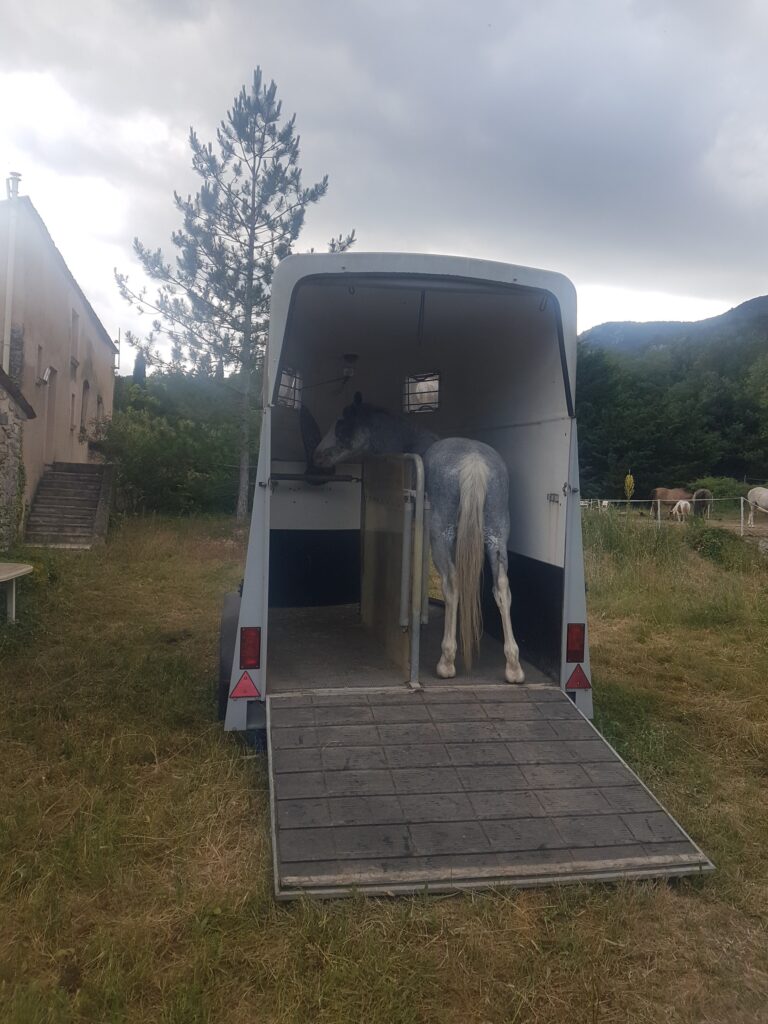 Trailer or Float Loading: A Vital Skill for Your Horse
Trailer or Float Loading: A Vital Skill for Your HorseFor many horse owners, trailer or float loading can be a significant challenge. While it may not seem urgent, teaching a horse to load calmly and confidently from a young age is essential to avoid stress, force, or behavioral issues down the road.
When your horse becomes an easy loader, it opens up countless opportunities for you both. Whether you want to take your horse for a day at the beach, explore new riding trails, or meet up with friends for a ride, having a well-trained loader makes it all possible.
Even if you don’t plan to compete or regularly transport your horse, it’s important to consider the potential need for a trailer in emergencies. If your horse ever requires quick transportation to a veterinarian or clinic, the ability to load quickly and calmly could be a matter of life or death. Ensuring your horse loads easily can be a critical step in protecting their health and well-being in urgent situations.
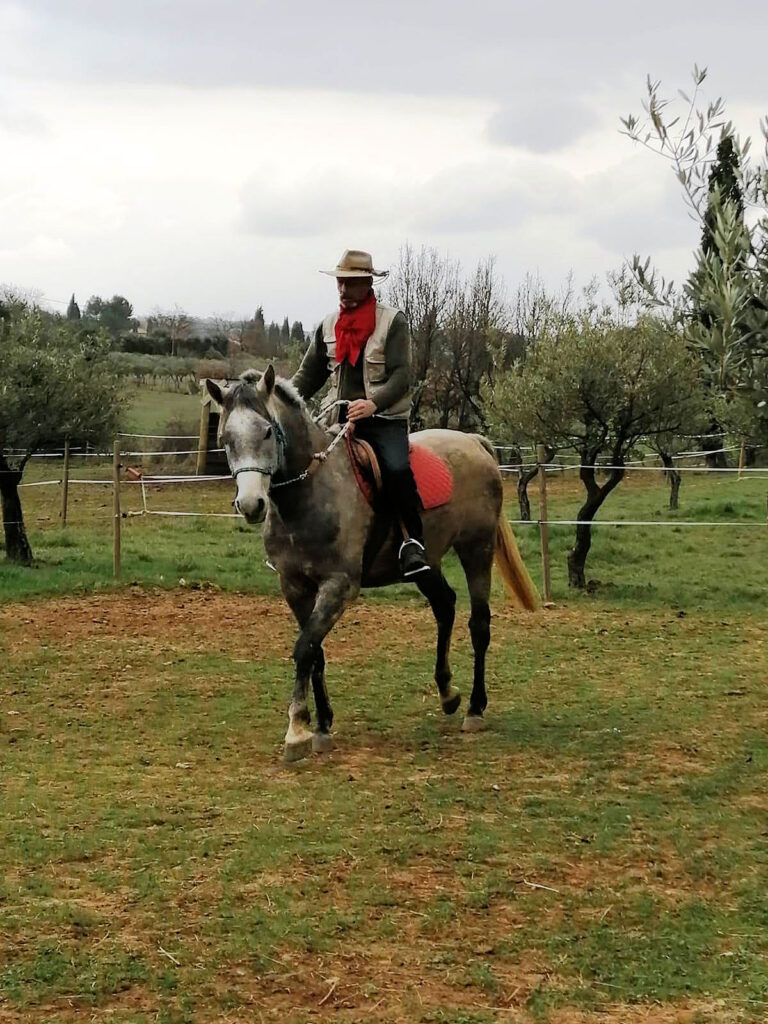 Starting or Re-educating a Horse
Starting or Re-educating a HorseStarting a Horse
Starting a horse is about setting them up for success from day one. Before you begin, take the time to think deeply about what you want your horse to do and how you can guide them toward that goal. Starting a horse is like raising a child—it’s about showing them what you’d like, presenting it in a way that makes sense to them, and helping them figure it out at their own pace. The process should build their confidence, both in themselves and in their ability to trust you.
Re-educating a Horse
Not all horses are lucky enough to be started with care and understanding. Some may have experienced methods that left them confused, stressed, or fearful, leading to behavioral issues. Too often, these problems are blamed on the horse. I believe most of these challenges can be resolved by going back to basics—teaching the horse in a way they can understand, without pain or undue stress.
A Helping Hand
Whether you’re looking to start a young horse or re-educate one that needs a fresh start, my approach is built on understanding, patience, and clear communication. Together, we can give your horse the foundation they need to thrive.
Feel free to contact me if you’d like assistance starting or re-educating your horse.

A horse is often labeled as a “problem horse” when its behavior doesn’t align with the owner’s expectations or understanding. When a horse’s reactions seem unpredictable or dangerous, both for the horse and the people around it, it’s easy to jump to conclusions.
When traditional methods don’t resolve the issue, the horse may be deemed unwilling or dangerous, earning the label of “problem horse.”
When I work with such horses, my first step is to understand what the root cause of the behavior truly is. Often, what you see on the surface isn’t the real issue.
By identifying the underlying problem and understanding its origins, we can begin to address it effectively. A horse never acts without a reason. Once the true cause is recognized, it can be properly addressed, leading to better communication, understanding, and potentially a solution to the problem.

